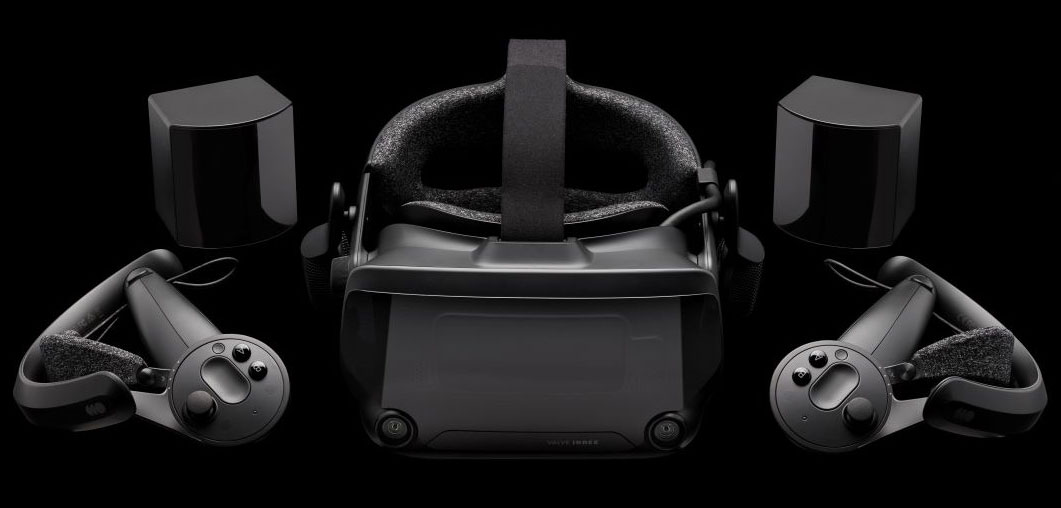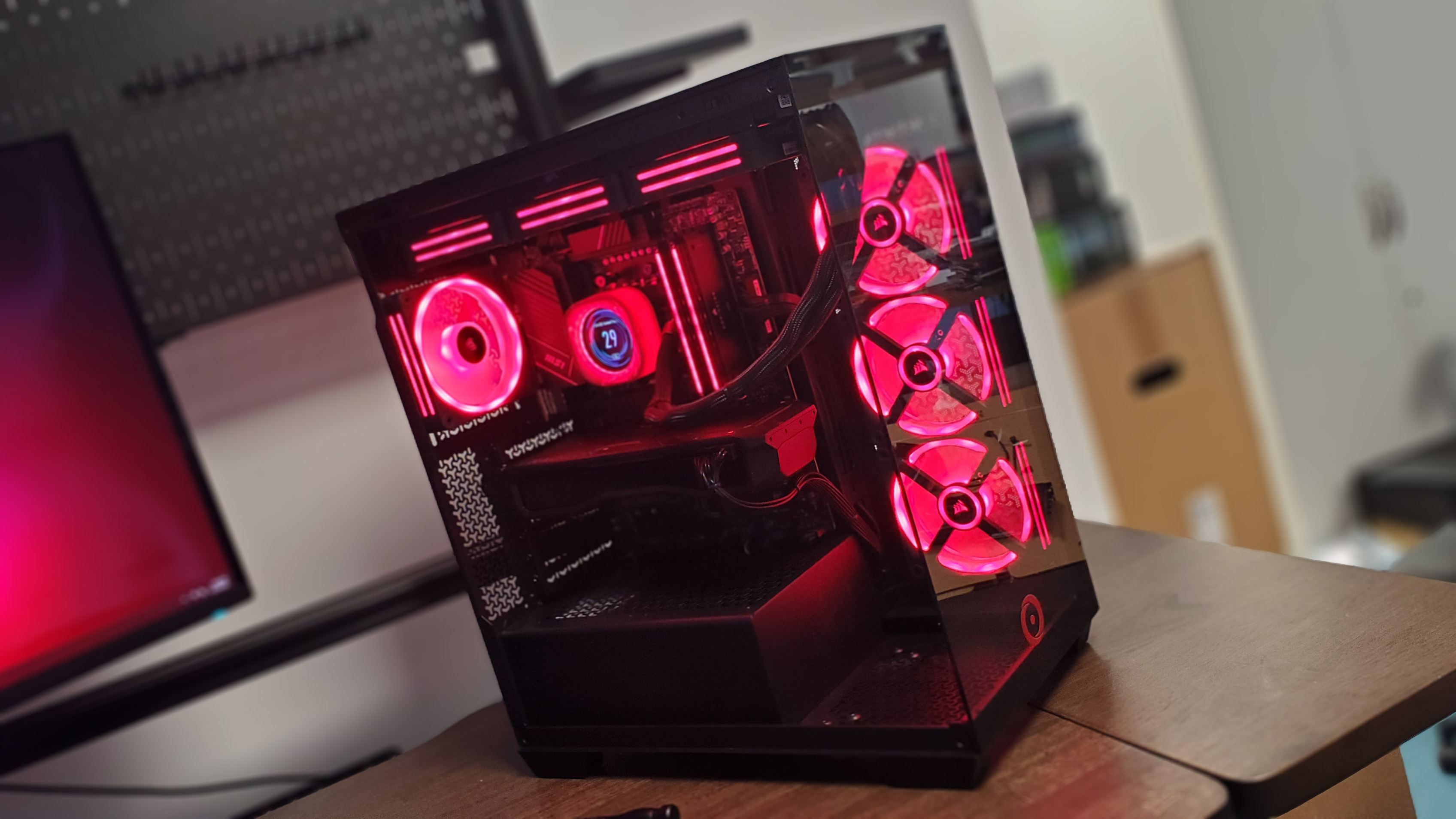Recent updates
Update January 03: The original version of this article stated that the Pimax Crystal Super costs $699, but this is incorrect. The Pimax Crystal Super actually costs $1,696–$1,791. The article has been corrected to reflect this.
It seems like only yesterday that the Valve Index launched—all 800+ grams of it. And what a different world we live in today, because we can now look to a not-too-distant release of a more technologically impressive VR headset that weighs less than 200 g.
That's according to Pimax, whose upcoming Dream Air VR headset promises "a small form factor with high performance and full features" that comes in at "less than half the weight of a Coca-Cola bottle".
And what a suave thing it looks to be, all grey and curvy and somewhat Apple Vision-esque. It uses the same kind of panel tech as the Vision Pro, too: Micro-OLED.
That's what allows it to be so small and light, and it's the same tech (including pancake optics, Micro-OLED panels, and Qualcomm chip) found in the also-upcoming Pimax Crystal Super, which Pimax is calling the "world's first retina-level VR headset" alongside the Dream Air.
The difference between the two? The Crystal Super is chunky—even hefty, one might say—and more modular, while the Dream Air is small and light. Oh, and costs a bit more. We're talking $1,199 for the upfront reservation payment and $1,991 total—not including shipping or taxes—compared to $1,696–$1,791 for the Crystal Super.
But we are talking a 90 Hz Micro-OLED VR headset that weighs under 200 g. For reference, the vision Pro is 600+ g and the recent Meta Quest 3S is 464 g without the strap.
It doesn't look like you're really sacrificing anything with the Pimax Dream Air, either. Pimax says this "world's smallest, full-feature 8K resolution VR headset" is "smaller, lighter, but not less".
The biggest gaming news, reviews and hardware deals
Keep up to date with the most important stories and the best deals, as picked by the PC Gamer team.
That's because it has inside-out tracking cameras, microphone, integrated spatial audio, Type-C DisplayPort and Type-C accessories port, ringless controllers, a self-adjusting headstrap, auto-IPD, hand tracking, and even eye tracking. The whole caboodle, basically.

Best VR headset: which kit should you choose?
Best graphics card: you need serious GPU power for VR
Best gaming laptop: don't get tied to your desktop in VR
Pimax says that "this is the only VR headset in this weight class and form factor with eye tracking", and that tracks. The Dream Air might face competition from the likes of the 127 g Bigscreen Beyond, for instance, if it weren't for this eye tracking.
The only real question is whether the form factor will be worth the extra money compared to the Pimax Crystal Super. And, of course, whether the Crystal Super is worth it. We didn't rate the original Pimax Crystal too highly, but with its Micro-OLED displays, the new Crystal Super might be a different story.
Pimax expects to start shipping the Dream Air in May 2025, a little after the Micro-OLED Crystal Super.

Jacob got his hands on a gaming PC for the first time when he was about 12 years old. He swiftly realised the local PC repair store had ripped him off with his build and vowed never to let another soul build his rig again. With this vow, Jacob the hardware junkie was born. Since then, Jacob's led a double-life as part-hardware geek, part-philosophy nerd, first working as a Hardware Writer for PCGamesN in 2020, then working towards a PhD in Philosophy for a few years (result pending a patiently awaited viva exam) while freelancing on the side for sites such as TechRadar, Pocket-lint, and yours truly, PC Gamer. Eventually, he gave up the ruthless mercenary life to join the world's #1 PC Gaming site full-time. It's definitely not an ego thing, he assures us.


